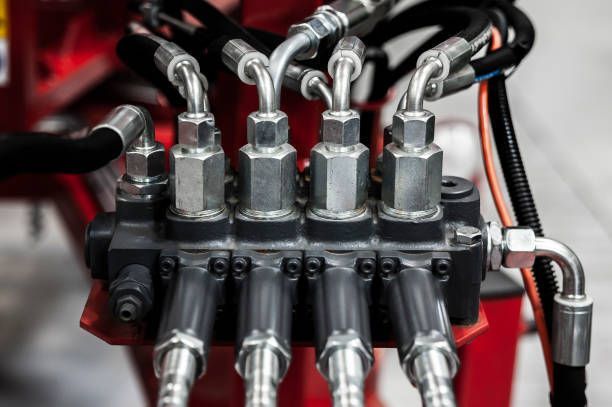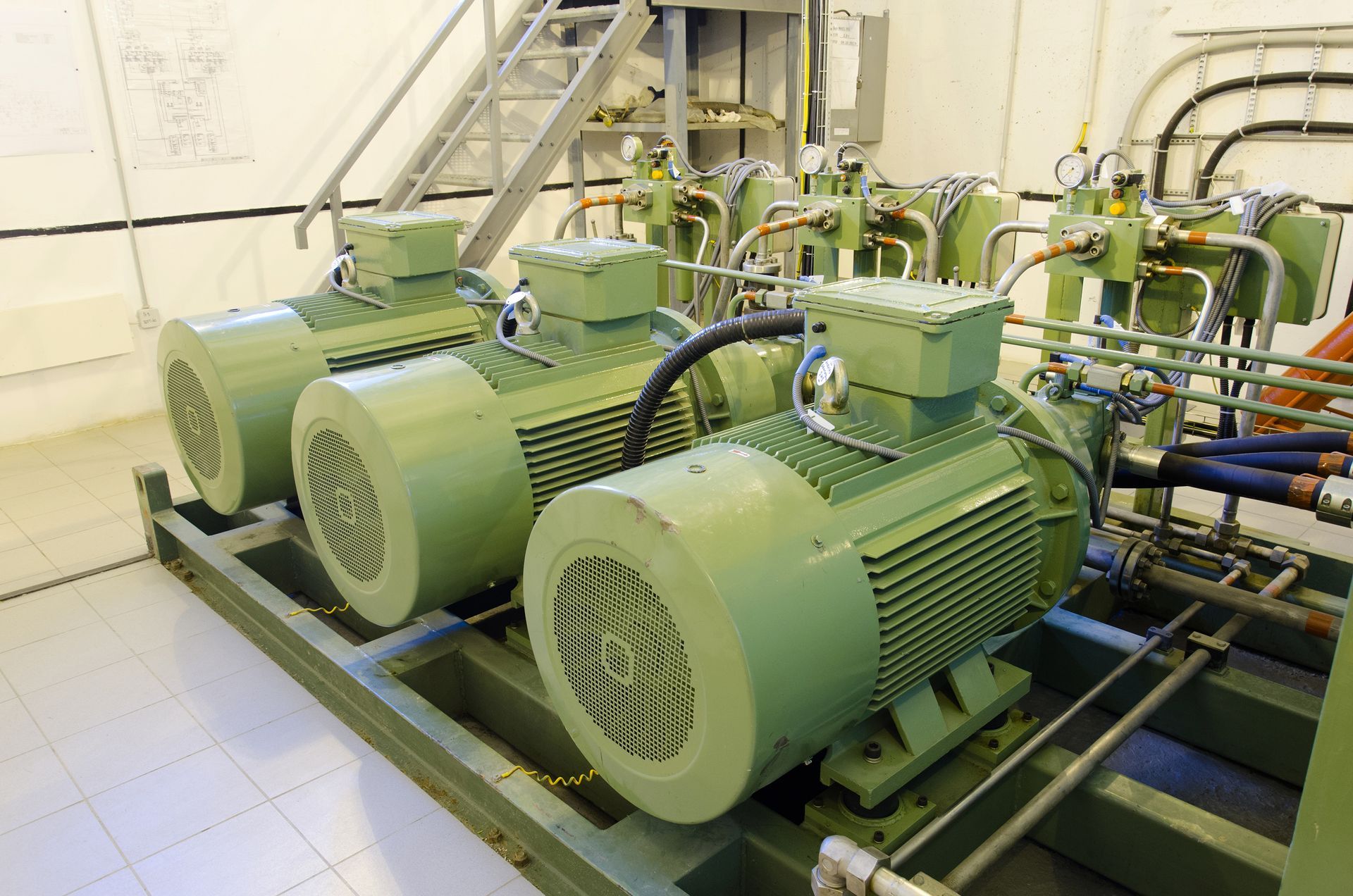A Quick Guide to Hydraulic Cylinder Pitting and Repair Options
The daily operations of a hydraulic cylinder require smooth operations from the piston rod as it extends outward and back again over and over. One of the minor problems that can turn into a big issue is rusting. Rust formation can lead to pitting and major operation problems.
Follow this guide to learn about hydraulic cylinder pitting and the repairs necessary to make your hydraulic cylinder fully functional again.
What Is Hydraulic Cylinder Pitting?
Pitting occurs when rust forms on piston rods. As the rust eats away at the rods, small grooved edges appear in the rods, commonly referred to as pits. The pits can form around the whole rod and may include small sections at first and expand more as the rust forms.
If you purchase used hydraulic cylinders, pitting is one of the major problems you should look for in the product. Pitting can dramatically change the performance and operations of a hydraulic cylinder.
How Does Rust Form and How Can You Prevent It?
The main way to prevent pitting is to prevent rust formation. Typically, rust will form when multiple conditions meet together. The first occurs when you have a hydraulic cylinder that is only used seasonally. When the piston rods don't actively move, moisture buildup may occur and cause rust to form.
Rust forms at a much faster pace when the equipment is outside. Daily weather or morning moisture can cause rust to form on the pistons. If you leave the pistons extended out from the housing, then the rod has exposure to the air and is more vulnerable to rusting.
Not only will the piston rods rust, but the open chamber of the cylinder may become vulnerable to rust. When the piston rods extend outward, air and moisture can leak inside the cylinder, creating issues. Rust buildup can result in jams or cylinders that do not operate smoothly.
When storing equipment with a hydraulic cylinder, try to keep the equipment indoors as much as possible. Position the equipment so the piston rods are inside the shaft and protected from excess moisture. If you must keep the equipment outdoors, then consider a protective cover like a tarp for when the equipment is not in use.
Should I Operate the Hydraulic Cylinder After Pitting Has Occurred?
If you notice your hydraulic cylinder has pitting, seek out repair services and avoid any equipment use. If you choose to operate the equipment, the piston rod pitting may damage the seals on the cylinder. Essentially, you could cause more damage and cause other fluids to leak outside of the equipment.
Not only should you leave the equipment as it, but avoid any rust removal from the cylinders. If you scrape or scrub the rust, more unintended pits may appear. A full inspection by a repair company can detect all of the rust and built-up pitting.
What Are Pitting Repair Options?
Minor pits in hydraulic cylinders can go through a repair and restoration process. Professional repair specialists can help fill in the pits and restore the piston rods. Once repairs are complete, the repair professionals can run full tests on the hydraulic cylinders.
If pitting has become extreme, then a repair company can replace the piston rods all together. Starting fresh with new piston rods will help improve the operation of the equipment and prevent further pitting or problems in the future.
Contact us at
Quad Fluid Dynamics, Inc., to help handle all your repairs and pitting problems. Our experienced mechanics can restore your equipment and prevent pitting problems. The restoration process comes with a quick turnaround time to ensure you get your equipment back quickly.


